The Indonesian government has revealed a new initiative aiming to deploy 100 GW of solar.
The distributed solar for energy self-sufficiency program encompasses 80 GW of solar that will be deployed as 1 MW solar arrays with 4 MWh of accompanying battery energy storage systems (BESS). These solar-plus-storage minigrids are set to be installed in 80,000 villages across Indonesia and will be managed and operated by village cooperative Merah Putih.
The initiative also includes plans for 20 GW of centralised solar power plants, featuring both on-grid and off-grid installations. It is envisaged the project will support household energy demand and promote productive economic activities in rural areas.
Fabby Tumiwa, Chief Executive Officer of the Jakarta-based Institute for Essential Services Reform (IESR), told pv magazine that solar-plus-BESS generates cheaper electricity than the diesel power plants that power villages and remote islands in Indonesia.
“The estimated levelised cost of electricity (LCOE) for this system is about $0.12 to $0.15/kWh (AUD 18-23/kWh) over the next 25 years, compared to $0.20 to $0.40/kWh for a diesel generator,” Tumiwa said.
“If implemented effectively, this project will become the largest rural electrification initiative and distributed renewable energy generation program in Southeast Asia, addressing the challenges of providing quality, equitable, and affordable energy for all Indonesians.”
Tumiwa also said that building 100 GW of solar in five years is going to be “very challenging.” He told pv magazine the institute has several recommendations for supporting the project, including developing skilled workers for solar installations by collaborating with universities and vocational schools in each province, offering training for operations and maintenance and bulk procurement activities, and providing blended finance to fund the program.
The initiative is still under development, with Indonesia’s Ministry of Energy and Mineral Resources, Coordinating Ministry of Economic Affairs and Coordinating Ministry of Food responsible for its preparation.
IESR has estimated Indonesia has a potential solar energy capacity ranging from 3,300 GW to 20,000 GW. The country’s National Energy Policy 2025-2060 targets up to 108.7 GW of solar by 2060.
This content is protected by copyright and may not be reused. If you want to cooperate with us and would like to reuse some of our content, please contact: editors@pv-magazine.com.
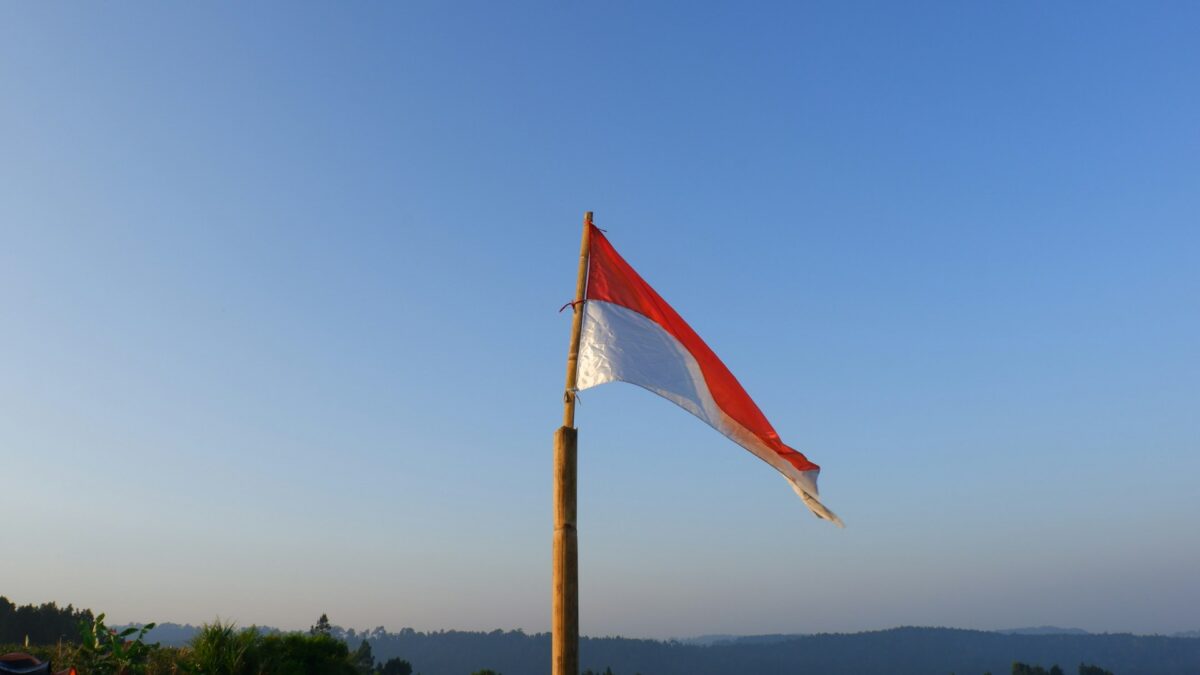
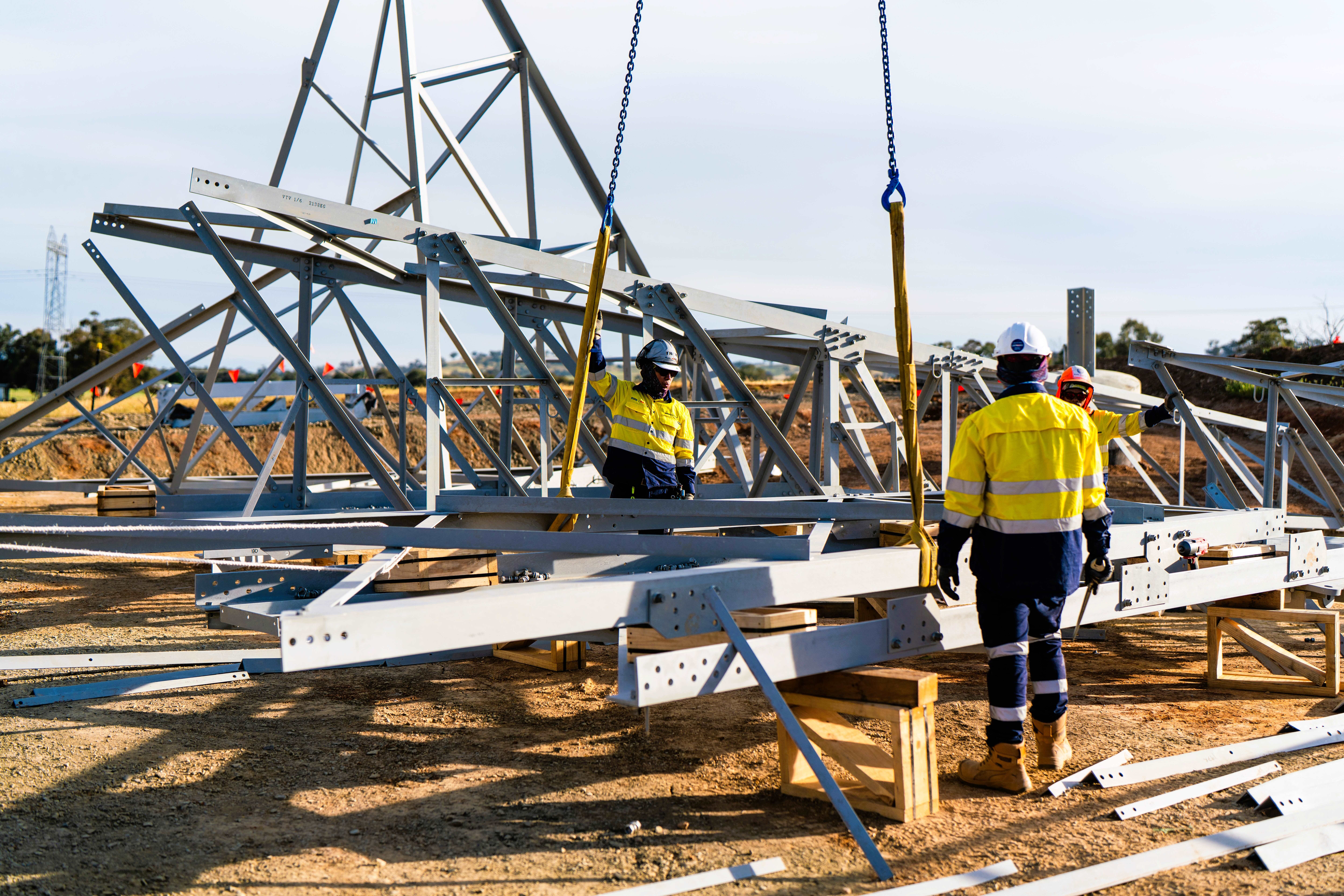


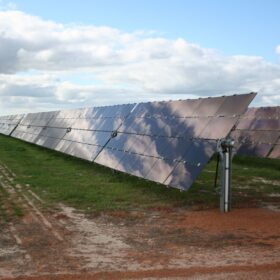
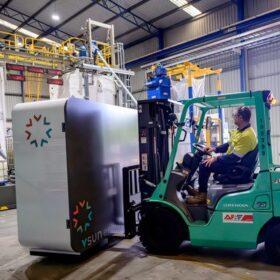
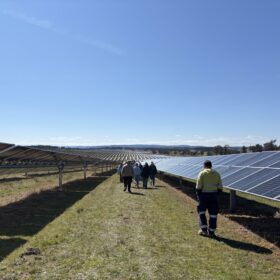
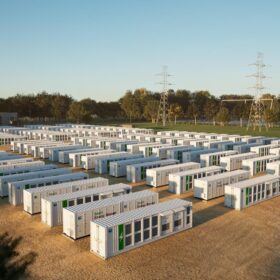
By submitting this form you agree to pv magazine using your data for the purposes of publishing your comment.
Your personal data will only be disclosed or otherwise transmitted to third parties for the purposes of spam filtering or if this is necessary for technical maintenance of the website. Any other transfer to third parties will not take place unless this is justified on the basis of applicable data protection regulations or if pv magazine is legally obliged to do so.
You may revoke this consent at any time with effect for the future, in which case your personal data will be deleted immediately. Otherwise, your data will be deleted if pv magazine has processed your request or the purpose of data storage is fulfilled.
Further information on data privacy can be found in our Data Protection Policy.